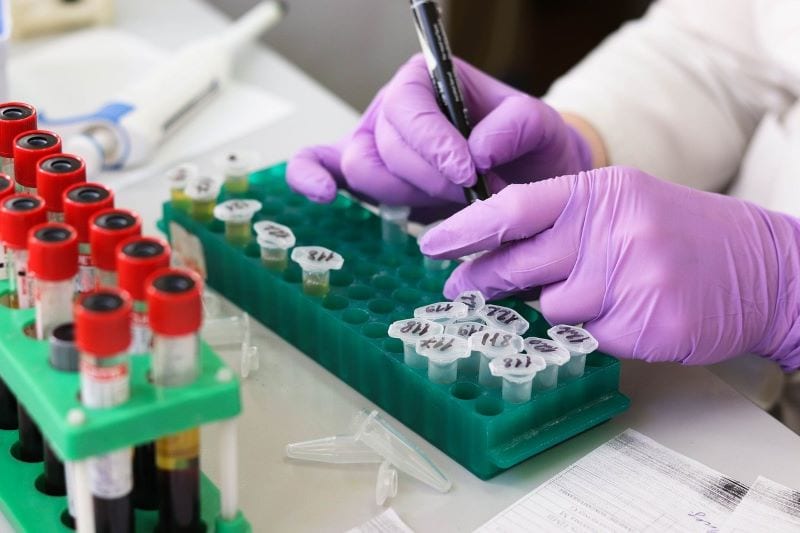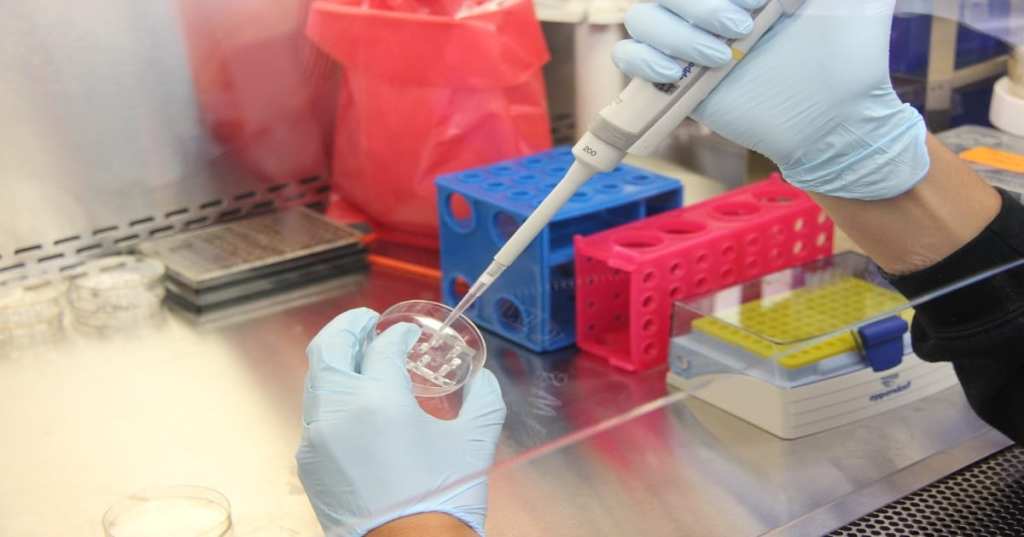Scientists devote countless hours and even more money to conduct research. Finding answers to life-changing questions in a lab can lead to new discoveries. At the same time, those efforts may not lead to anything at all.
But for those of us who don’t hold a doctorate degree and spend our days in white lab coats studying microscope organisms under a microscope, it can be very confusing when scientists use the phrase “no evidence” in statements. After all, what exactly is the threshold for there to be “no evidence” in a trial or study?

Photo Credit: Pixabay
Considering the coronavirus pandemic’s impact on the world, this is a phrase that many news watchers and information seekers have found to be thrown around quite a bit. In fact, in January, the World Health Organization said there was no evidence of human-to-human transmission of the coronavirus. However, that has since been proven wrong.
In many respects, the old adage “the absence of evidence is not evidence of absence” rings true.
Before everyone knew exactly how the coronavirus would impact the entire globe, the available evidence at the time did not indicate that the virus could be transmitted from human to human. But no evidence in the scientific world has a different meaning.

Photo Credit: Pixabay
The phrase is often used when the real meaning is that “there is no reason to believe” a certain idea to be true. Sometimes, using the no evidence explanation can really be a cop out when it seems like a waste of time to test out a theory that has obvious flaws from the start.
Ultimately, it’s important to dig deeper when the no evidence phrase gets tossed around. Some things are unknown and others need more time and money to be tested before final conclusions can be drawn.
Do you enjoy reading about scientific breakthroughs and studies? Tell us about your experience researching and trying to figure out conclusions in the comments below.






